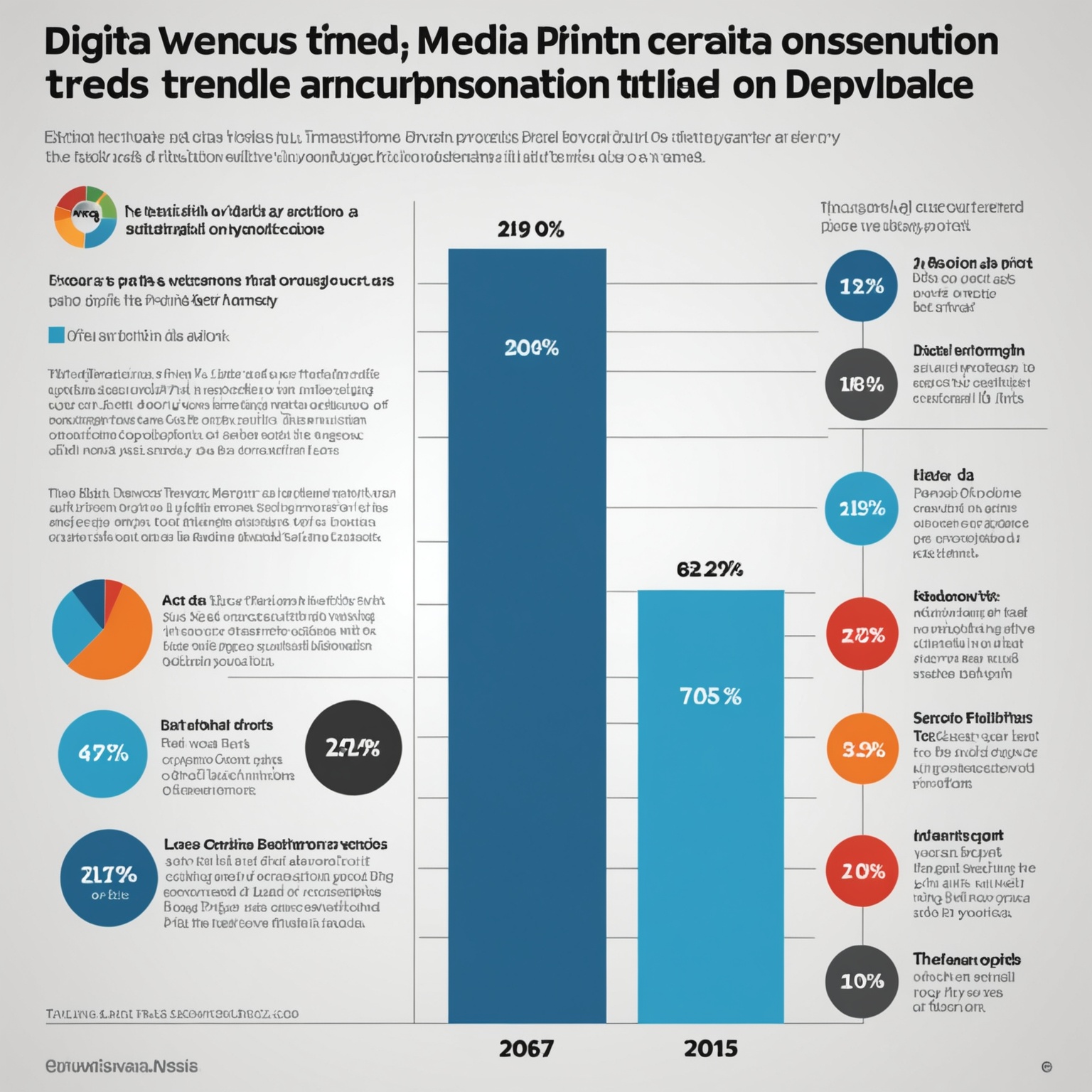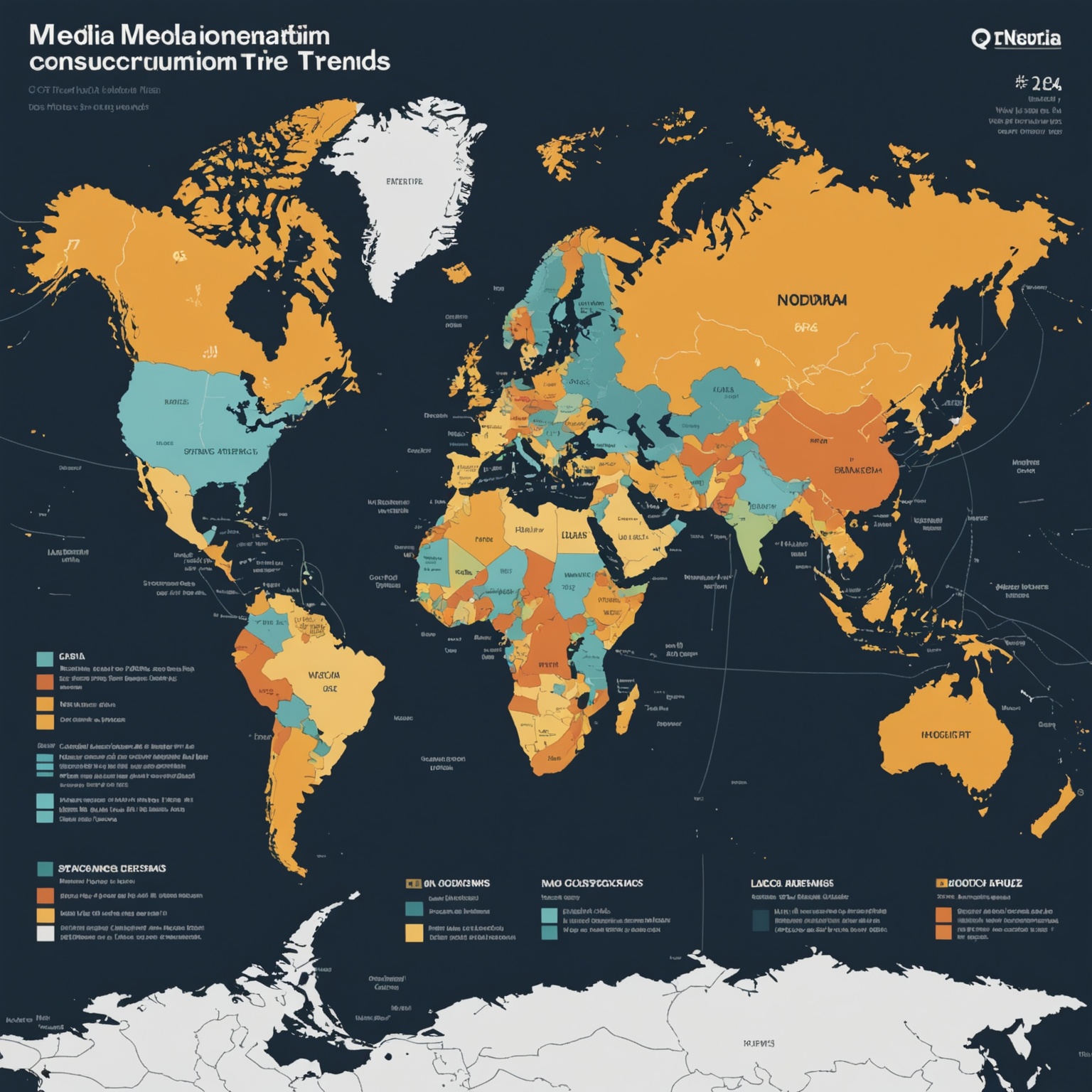The Decline of Print Media: A Look at Global Trends

The Decline of Print Media: A Look at Global Trends
Introduction to the Shift in Media Consumption
The media landscape has undergone significant transformations over the past few decades. The once-dominant print media—newspapers, magazines, and journals—has seen a steady decline, giving way to digital alternatives that offer real-time, interactive, and multimedia content. This shift reflects broader changes in consumer behavior and technological advancements.
As digital platforms become more accessible and versatile, traditional print media outlets have faced unprecedented challenges. This article delves into the causes behind this shift, the current state of the media industry, and what future trends might look like.

The Driving Forces Behind the Decline of Print Media
Several key factors contribute to the decline of print media. The advent of the internet and mobile technology offers instant access to news and information, which has dramatically altered how people consume media. Economic factors also play a crucial role, as the cost of printing and distributing physical copies is considerably higher compared to digital distribution.
Environmental concerns also encourage consumers and businesses to reduce paper usage, further influencing the shift towards digital media. Additionally, the changing preferences of younger generations who favor digital content for its convenience and interactivity cannot be ignored.
Impact on Journalism and News Consumption
The transition from print to digital has profoundly affected journalism. Digital platforms facilitate a faster news cycle and a wider reach, enabling journalists to update stories in real-time. However, this has also led to challenges such as the rise of 'fake news' and reduced depth in reporting, due to the constant pressure to release information quickly.
Moreover, the economic model of digital news often relies on advertising revenue, which can influence content quality and lead to prioritization of clickbait over in-depth reporting. This section explores how these dynamics affect the integrity and future of journalism.
Global Trends in Media Consumption
Media consumption patterns vary significantly across different regions and cultures, but the global trend shows a clear shift towards digital. In Western countries, digital media consumption has already surpassed print by a significant margin. Emerging markets are also rapidly moving in this direction, facilitated by the spread of smartphones and internet access.
This section examines specific trends in various regions, including how local factors such as government policies and economic conditions influence media evolution.

The Future of Media: Innovations and Predictions
Looking ahead, the media industry is likely to continue its evolution towards digital formats. Innovations such as augmented reality (AR) and virtual reality (VR) are set to transform how consumers interact with news and stories, offering immersive experiences that were previously impossible.
This final section discusses upcoming technological advancements and their potential impact on media consumption, alongside strategies that traditional media outlets might adopt to stay relevant in the digital age.







